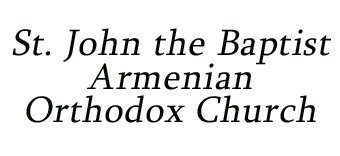BIRTH OF ZAREH KHRAKHOUNI
Zareh Khrakhouni (pen name of Arto Jumbushian) was born in Constantinople on October 16, 1926. After starting his education at Kapamajian School, in 1935 he continued his studies at the Mekhitarian Secondary College of the Viennese Mekhitarists, from which he graduated in 1945. He studied philosophy, law, and literature at Istanbul University, graduating in 1951. He followed a course in literature and art history in Paris.
He published his first poem in 1948. From 1952-1958, he taught philosophy, psychology, and Armenian language at Esayan School in Constantinople. He also taught at the Getronagan Lyceum, where he was also the vice principal.
